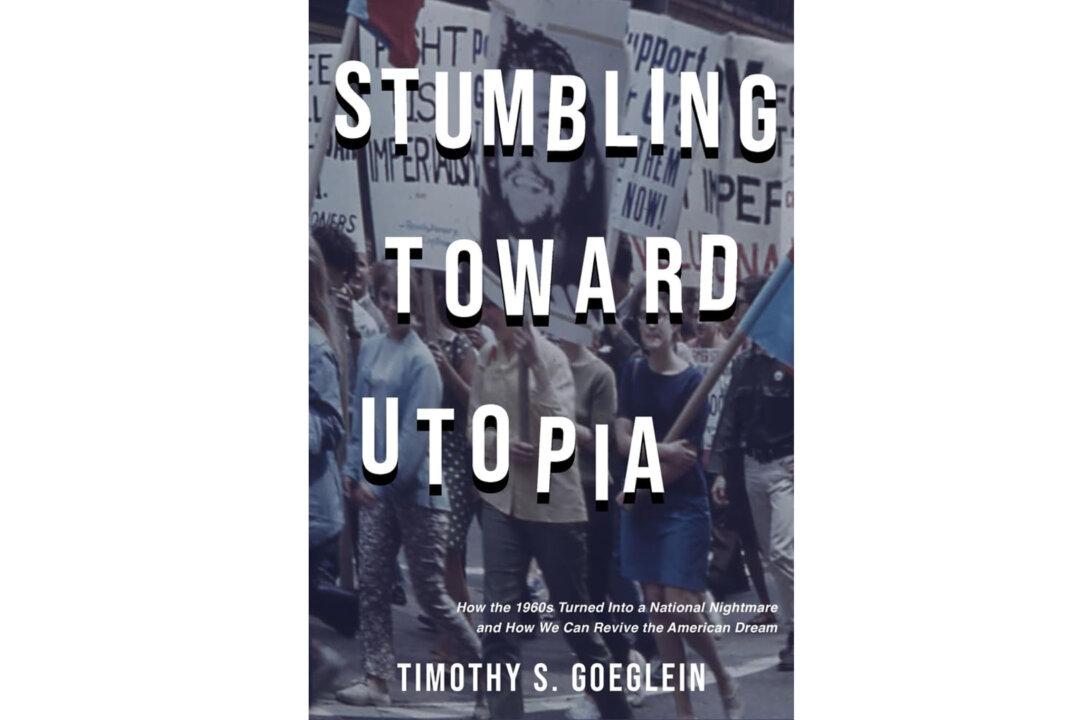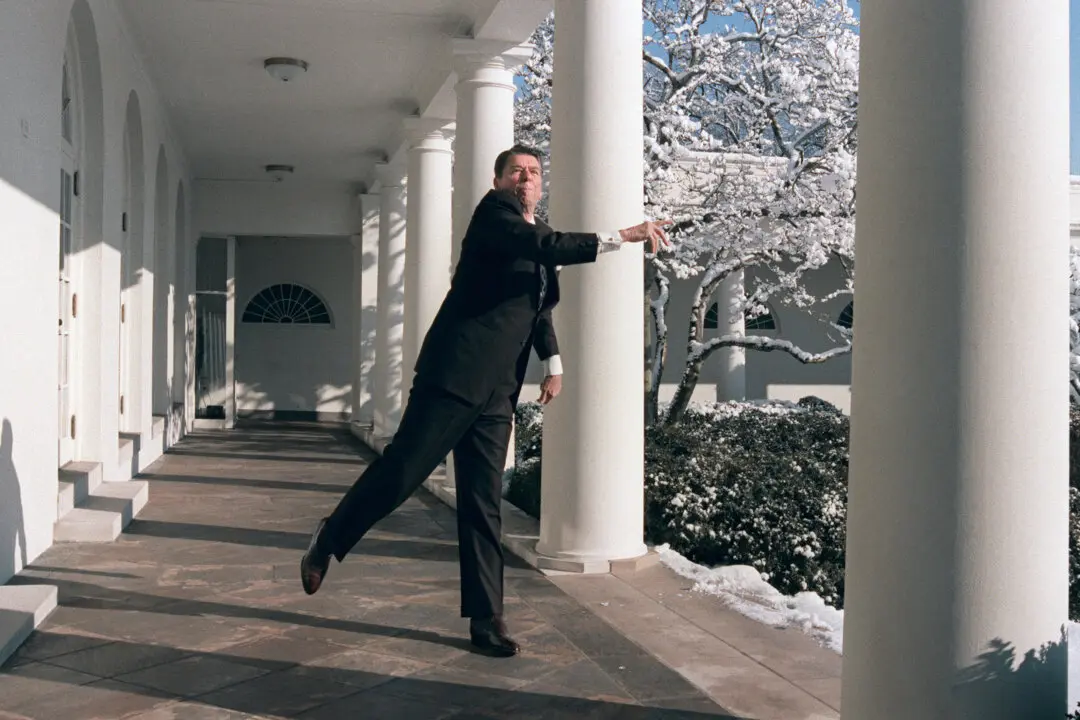In September 1971, at the tail end of the many upheavals of the 1960s, John Lennon’s “Imagine” became not only a wildly successful hit song but also an anthem for utopians worldwide. Lennon’s lyrics ask listeners to imagine a world without a heaven or hell, without borders or possessions, and with a “brotherhood of man” living in peace.
The song ends this way:
You may say I’m a dreamer But I’m not the only one I hope someday you'll join us And the world will live as one.
Millions fell in love with “Imagine” and love it still. Others find it as slick and treacly a piece of propaganda ever produced. The serene music and Lennon’s smooth voice are enormously attractive—the song enters the consciousness with the hypnotic ease of water lapping at a shore—yet the lyrics ignore such human realities as the belief in a higher power, the association between possessions and dignity, and the fool’s gold mysticism of a brotherhood of man.





